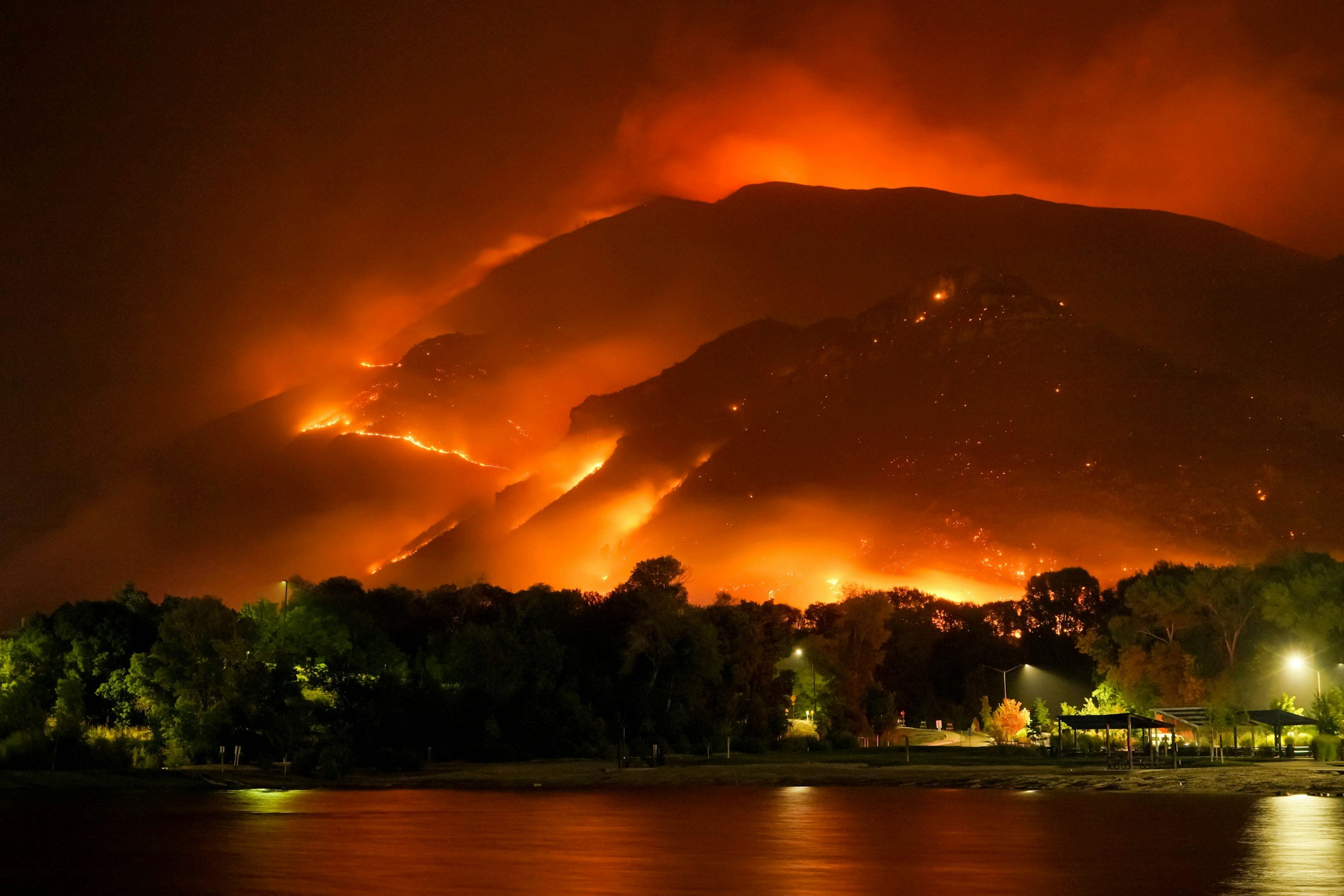
Climate Crisis
In recent decades, the rate of warming in the upper ocean – the top 2,000 meter layer – was about 40% higher than earlier IPCC estimates showed.
90% global warming is occurring in the ocean, causing the water’s internal heat to increase since modern record keeping began. Heat stored in the ocean causes its water to expand, which is responsible for one-third to one-half of global sea level rise. Most of the added energy is stored at the surface, at a depth of zero to 700 meters. The last 10 years were the ocean’s warmest decade since at least the 1800s. The year 2023 was the ocean’s warmest recorded year.
Along with ocean heating, we are witnessing higher sea levels, ocean stratification, expansion of depleted oxygen zones, acidification and greenhouse gas concentrations reaching record levels each year, putting the world in an ‘ocean emergency’. CO2 emissions make the ocean more acidic, reducing the ability of marine organisms, such as corals, plankton and shellfish, to build their shells and skeletal structures, and also exacerbates existing physiological stresses and reduces growth and survival rates.
Marine heatwaves have doubled in frequency, and have become intense and extensive, especially in Southeast Asia. The UN Environment Programme says that every one of the world’s coral reefs could bleach by the end of the century if the water continues to warm. We are living in a mass extinction of biodiversity, with over 70% species lost since the 1960s.
Regional Effects on the Oceans
Life and economic activity across New England is marked by the seasons – maple in the spring, the vibrance of red the fall, and the chilly winds and skiing in the winter. This familiar cycle is already changing in noticeable ways. Since 1970 average annual temperatures across the Northeast have risen more than 2 degrees F, and winter temperatures have risen around 4 degrees. By the end of the century, average winter and summer temperatures in the Northeast could rise up to 12 and 14 F.
By 2050 the region is likely to see between 1.1 and 1.8 feet of relative sea level rise and potentially 3 to 4.6 feet by 2100, inundating land and critical infrastructure. Intense rainfall events have increased with average annual precipitation more than 10 inches. More frequent and intense Nor’easters and “bomb cyclones” are causing coastal flooding as damaging as hurricanes. Communities face increasing risks of property damage, loss of land, and displacement. Cities like Stamford, Connecticut, and others have started investing in storm barrier upgrades and infrastructure to adapt to and withstand these changes.
Key Attributes
-
Greenhouse Gases
Human-driven emissions of CO₂, methane, and other gases trap heat in the atmosphere. They are the root cause of ocean warming, acidification, and global climate disruption.
-
Ocean Warming
Rising ocean temperatures due to excess heat from greenhouse gases. It disrupts marine ecosystems, weakens coral reefs, and intensifies storms and sea level rise.
-
Melting Ice Caps
Accelerated melting of polar ice due to global warming. It contributes to sea level rise and alters ocean currents and salinity balance.
-
Sea Level Rise
The gradual increase in ocean height from melting glaciers and thermal expansion. It threatens low-lying coasts, displaces communities, and intensifies flooding and erosion.
-
Coastal Degradation
The loss and damage of coastal ecosystems from human activity and climate stress. Mangroves, reefs, and beaches erode, reducing natural protection and biodiversity.
-
Water Pollution
Runoff, plastic waste, and chemical discharge degrade ocean health and marine life. Pollutants accumulate in food chains and can intensify ecosystem vulnerability to climate change.
-
Acidification
Absorption of excess atmospheric CO₂ lowers seawater pH. It weakens shells, coral skeletons, and threatens entire food webs and fisheries.
-
Stratification
Increased layering of ocean water due to warming, preventing vertical mixing. This limits nutrient cycling and oxygen distribution, affecting marine productivity.
-
Deoxygenation
Decline in ocean oxygen levels from warming and stratification. It leads to dead zones and stresses marine species, especially in coastal and deep waters.
-
Storm Surges
Abnormally high sea levels during storms, driven by wind and low pressure. Worsened by rising seas, they cause severe flooding, erosion, and damage to coastal infrastructure.
-
Coastal Flooding
Frequent and intense flooding of coastal areas from high tides and extreme weather. It disrupts livelihoods, threatens freshwater supplies, and increases salinity in soils and aquifers.
-

Scenarios
Collectively imagining what the future of the oceans might looks like in different contexts.
-

Drivers
Macro-level drivers that create broad-reaching impact, and influence our present and future.
-

Trends
Emerging trends are specific areas of change that hold potential for significant impact.

Let’s Work Together
Join our ocean-tech network.



